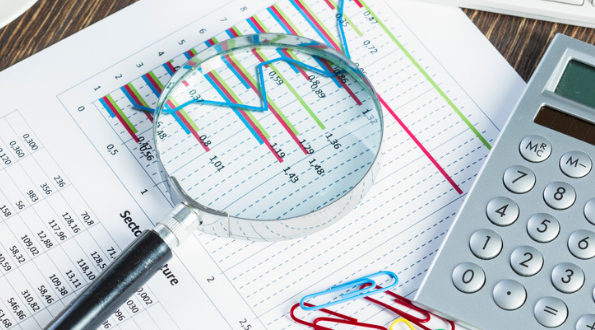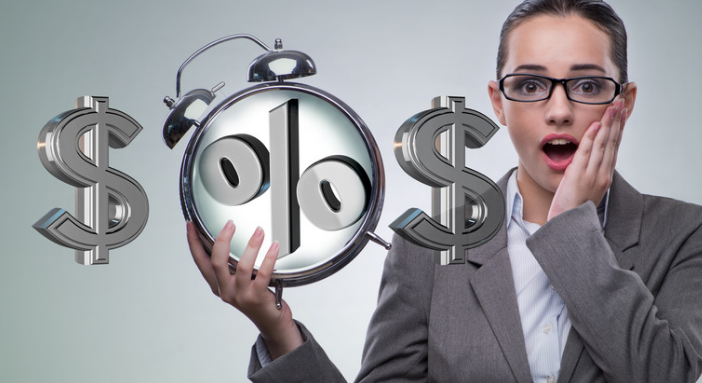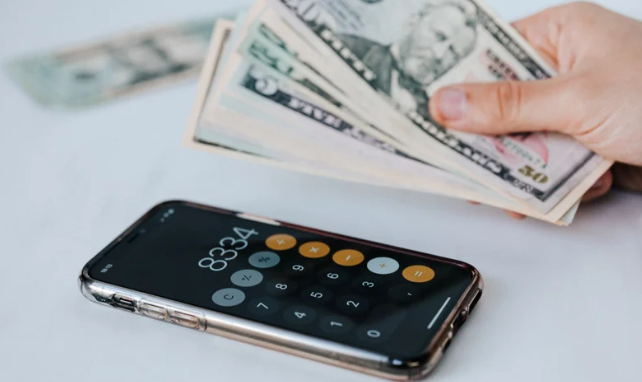Table of Contents
Debt is not an inevitable part of life although many people live as though it is. They put expensive items on credit and assume they will be sending off a sum of their income to cover it every month indefinitely. Not only can this get expensive in terms of interest rates but it can be financially devastating if your financial situation changes at some point and you are no longer able to make those payments. Getting rid of debt means having extra money to save and invest in a healthy financial future, and the steps below can help you do that.
Tips for Paying Down Your Debt
Take a Financial Survey
 The first step is to take a look at your entire financial life. This means looking at what is coming in, what is going out and how much money you owe. The one debt that you may not want to try to pay off in a hurry is your house mortgage. While some people will advise even getting rid of this in order to be completely debt-free, there are tax advantages to a mortgage, so you may want to do some more research if you are considering trying to aggressively pay this off as well.
The first step is to take a look at your entire financial life. This means looking at what is coming in, what is going out and how much money you owe. The one debt that you may not want to try to pay off in a hurry is your house mortgage. While some people will advise even getting rid of this in order to be completely debt-free, there are tax advantages to a mortgage, so you may want to do some more research if you are considering trying to aggressively pay this off as well.
However, it’s a good idea to try to get rid of everything else you owe as fast as you can. Once you have a list of everything that you owe, you can start planning. Pay attention too to where you spend your money. Just as you would look at your daily schedule to improve time management you need to look at your daily spending to improve debt management as well.
Replace High-Interest Debt
 Get out of debt by taking out a loan with the help of a mortgage broker. It sounds like a contradiction, doesn’t it? But a personal loan can be a great way to manage your credit card debt or other high-interest debts. If you qualify, you can use the loan to pay off your balance on a credit card or elsewhere and save money on interest. Another option for credit cards may be to roll a balance from a high-interest card to a low-interest card, but if you choose this route, read the fine print carefully. Interest rates may skyrocket after a certain time period, such as six or 12 months. If you can’t pay the balance off quickly, a personal loan may be a better option.
Get out of debt by taking out a loan with the help of a mortgage broker. It sounds like a contradiction, doesn’t it? But a personal loan can be a great way to manage your credit card debt or other high-interest debts. If you qualify, you can use the loan to pay off your balance on a credit card or elsewhere and save money on interest. Another option for credit cards may be to roll a balance from a high-interest card to a low-interest card, but if you choose this route, read the fine print carefully. Interest rates may skyrocket after a certain time period, such as six or 12 months. If you can’t pay the balance off quickly, a personal loan may be a better option.
Have a Strategy
 You should then put your debts in order either from highest to lowest interest rate or from the lowest to the highest amount owed. This is the order in which you’ll focus on paying them down. The former has more financial advantages because you will ultimately pay less in interest, but it can be more psychologically motivating to pay off several small ones first. Whatever you choose, just be sure to make payments consistently.
You should then put your debts in order either from highest to lowest interest rate or from the lowest to the highest amount owed. This is the order in which you’ll focus on paying them down. The former has more financial advantages because you will ultimately pay less in interest, but it can be more psychologically motivating to pay off several small ones first. Whatever you choose, just be sure to make payments consistently.
Make the biggest payments on your main debt and just pay the minimum on the others. When the first one is paid off, transfer that money plus the minimum to the next one. This plan, sometimes referred to as the snowball method, allows you to gradually keep attacking each debt with a bigger chunk of money even though you aren’t actually spending more. As you are paying things off or when you have finished, start an emergency fund with the goal of eventually having several months to categorize expenses that are covered to help avoid falling into the same situation again.

